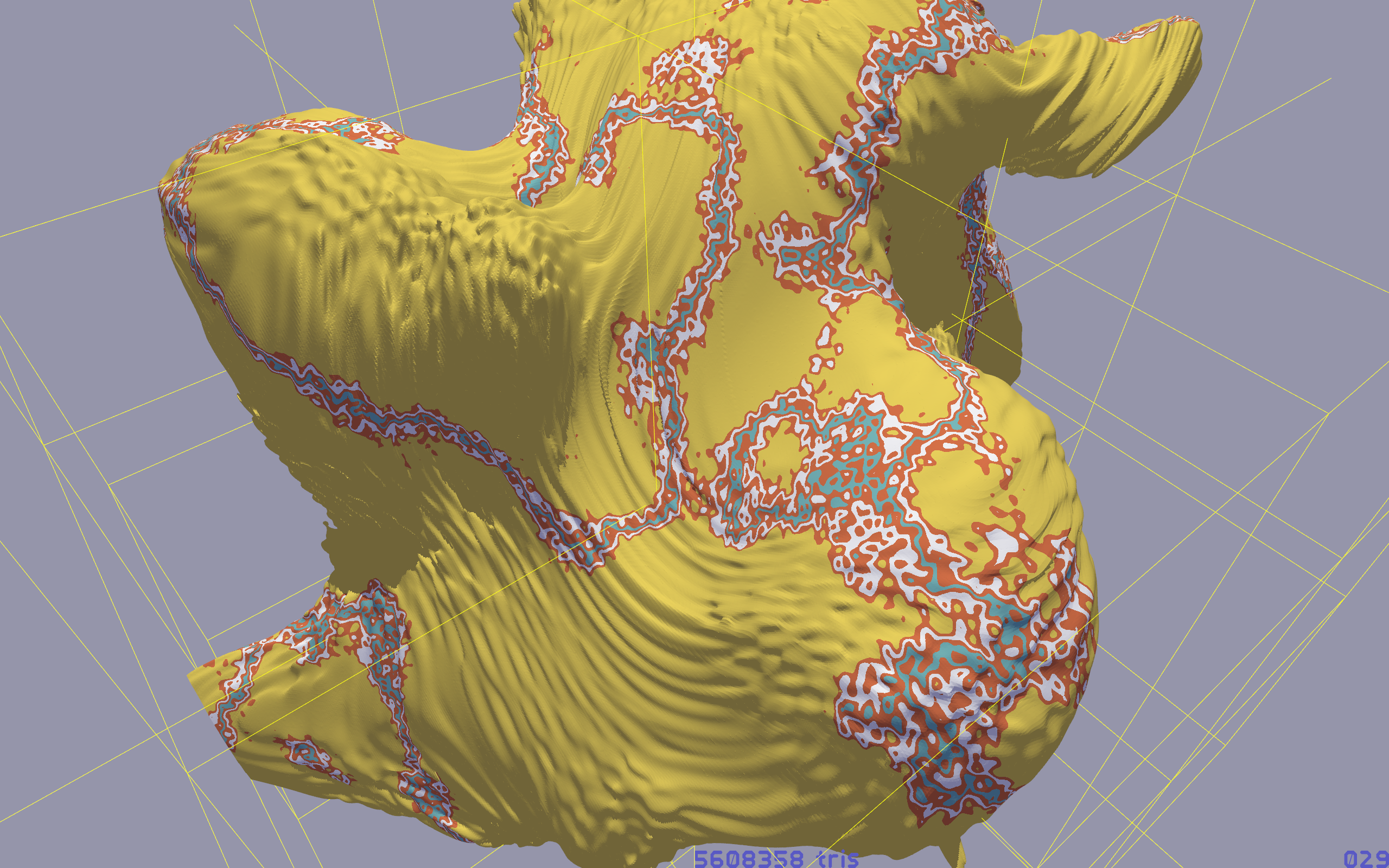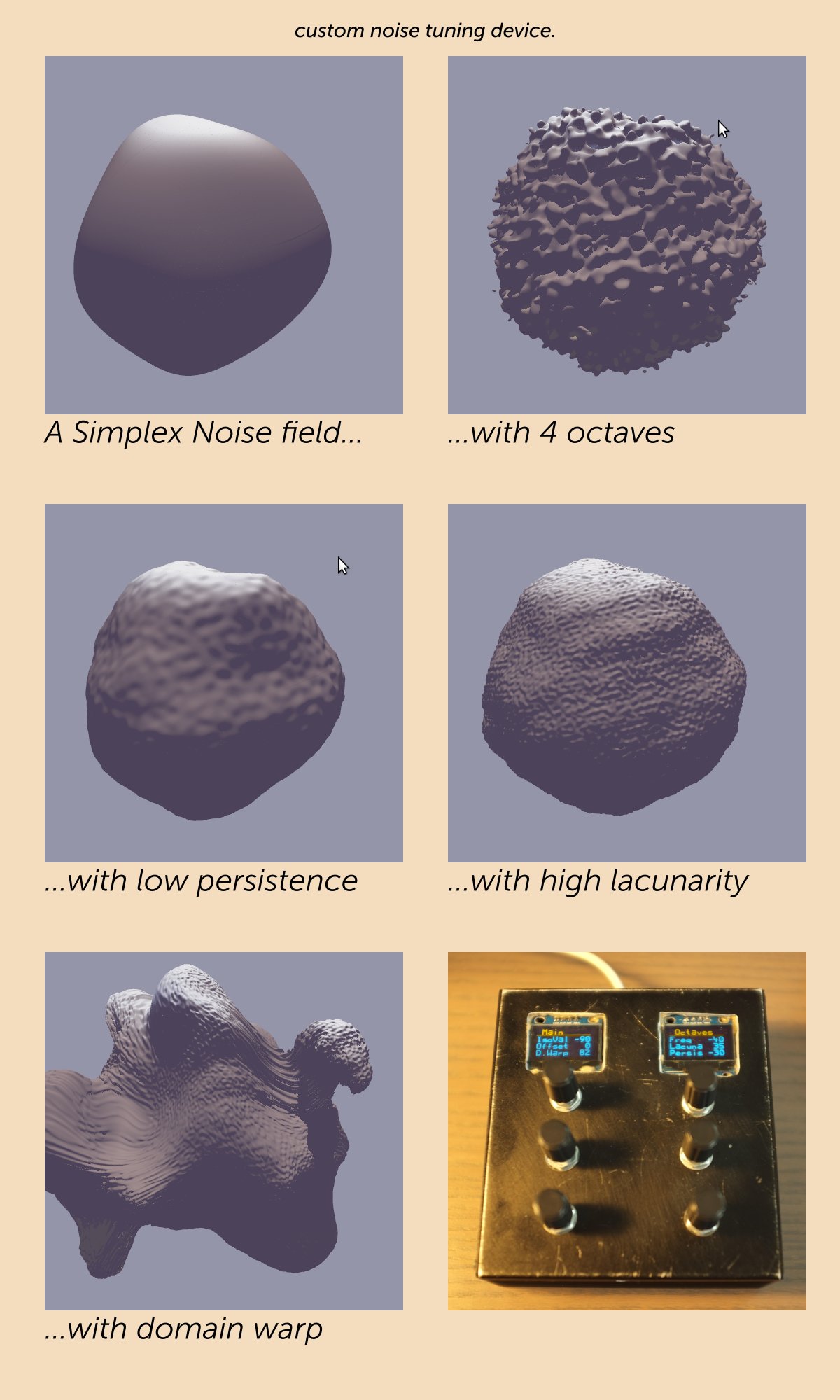Amazingly, the PC that I built has lasted me a whole 7 years. It is still a fine PC. It had one or two graphics card upgrades, and some extra RAM, but other than that, a Haswell CPU is still a perfectly fine workhorse.
I would have continued using that PC for even longer, if it were not for two things: One: I got curious about AVX-512 and what I could do with that. Two: my daughter showed interest in PC tech, so I thought this would be a good educational opportunity, so I let her help me build it.
Annoyingly, many, if not most, of Intel's new processors still do not come with AVX512. They keep introducing CPUs that don't have it. Why? However, there are some interesting routes to take, if you want AVX512. One of them is to get this obscure little appliance: Intel Crimson Canyon NUC. But going back to just 2 cores? Eh....
Another interesting route to take to AVX512 is to buy what corporate and pro users no longer want: old Xeons. Take, e.g a professional Mac user that bought the 2017 Mac Pro with 8 cores, starting at the $4999,- price. Some time later, this pro-user needs to have a faster Mac, so they upgrade the Xeon CPU. What happens to that old W-2140B Xeon that was replaced? It gets dumped on eBay for $200 or so! Similarly, corporate users dump high end Supermicro Xeon boards there too.
So why not snap those up, and build our own Xeon based workstation? That was the plan, and that was what happened. I am now the proud owner of a used PC, suited to replace my aging Haswell.
Some things I learned along the way:- Some fans (looking at you, Noctua) do not reliably report the RPM, so the motherboard can sometimes read a '0' value, causing it to panic, and put all fans on full blast. So out with the Noctua, in with an aging repurposed Corsair fan, yanked from a broken watercooling kit.
- I bought a really cheap audio card from Amazon, thinking it would be fine. But the System Event Log (SEL) of Supermicro actually showed that there were parity errors on the PCIexpress bus. This went away after yanking out the sound card.
- Initially this system ran with an antique GTX750Ti. As a developer I need to test with a variety of GPUs to improve my code, so I thought I should replace it with a Radeon. The quality of the AMD GPU PRO drivers being what it is: the resulting stress is just not worth it. That GPU went back to Amazon.
- The InWin 301 MicroATX case has two fan-mounts on the front of the case, yet a sealed front with no air inlet. So you end up using the bottom fan mounts, blocking a PCIExpress slot with it. It doesn't seem to be a smart design.
- Even though the CPU and Motherboard can be purchased at discounted prices on eBay, the ECC RAM that is needed is still full price.
- I designed the system for low power usage. So a PSU rated at 550W and 80+ GOLD, seemed good enough. In hindsight, more head room would be better: I read that PSUs perform best at their 50% level or so.
- It is quite interesting to be able to manage your system on a side-channel. With IPMI you can manage many aspects of your system.
- To set sensor limits, use ipmitool sensor thresh FAN1 lower 100 200 300 and ipmitool sensor thresh FAN1 upper 3000 4000 5000.
- Block the power management mode C6 in the BIOS. If I don't, my OS keeps getting small pauses in which the PC seems frozen: not even keyboard strokes make it through. UPDATE: This may have been incorrect. It looks like the pauses were caused by slow writes of the Crucial P1 NVMe drive.
- My Western Digital NVMe storage (BLUE) is mostly not found by BIOS during boot. I need at least 3 reboots before it gets found once. After replacing with NVMe drive by Crucial, that problem went away. Faulty WD unit? Or just not compatible? It seems to be a common complaint by Amazon buyers of the WD NVMe storage.








